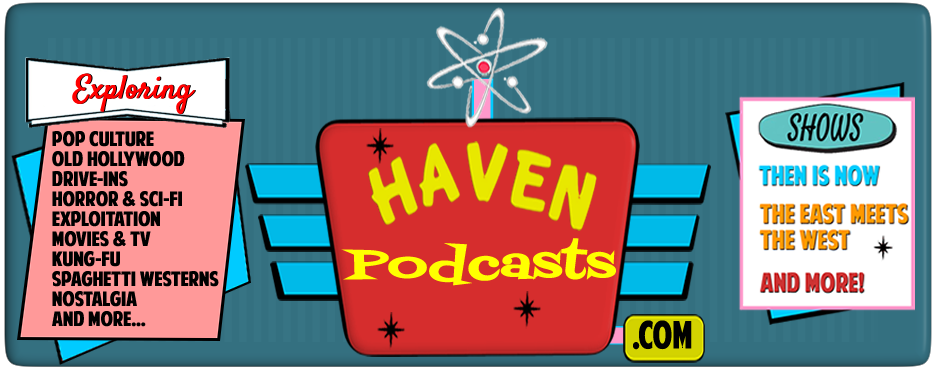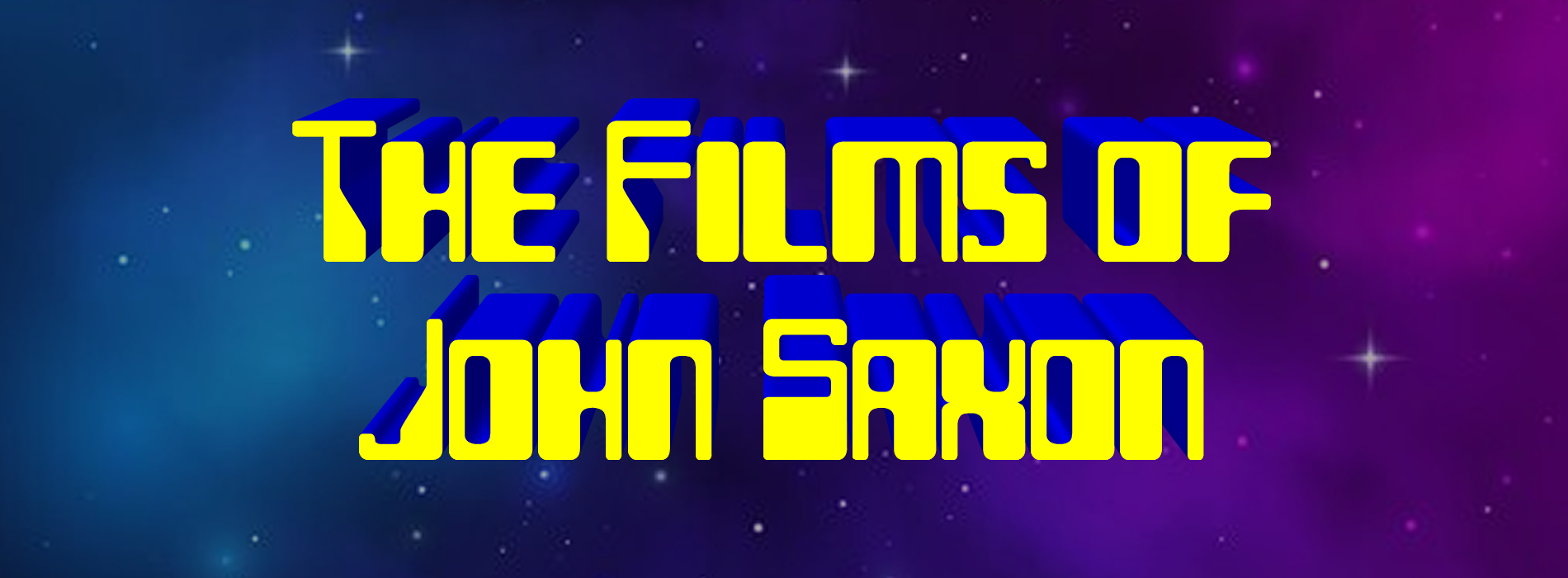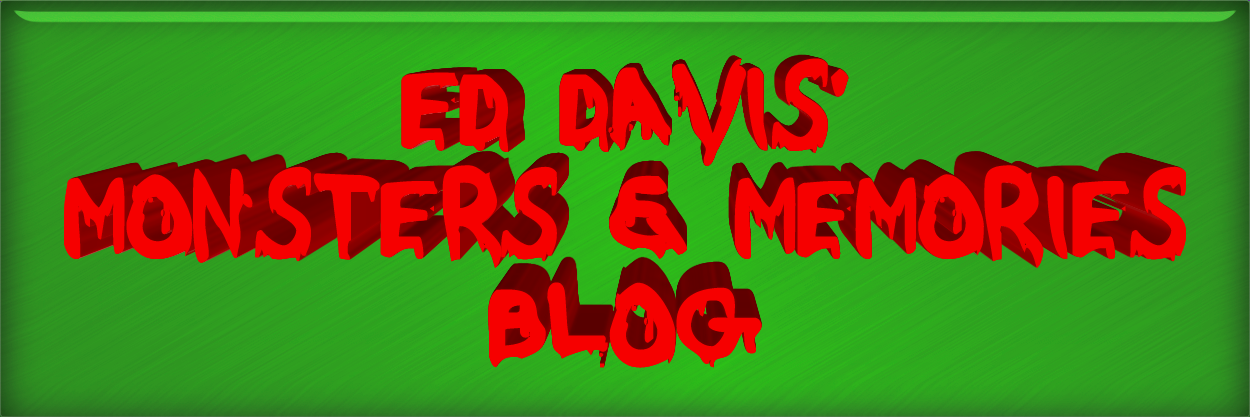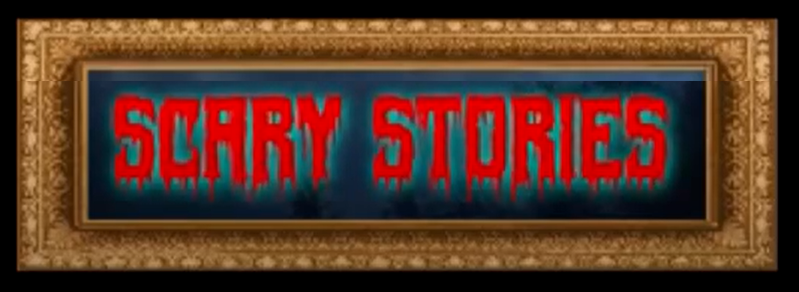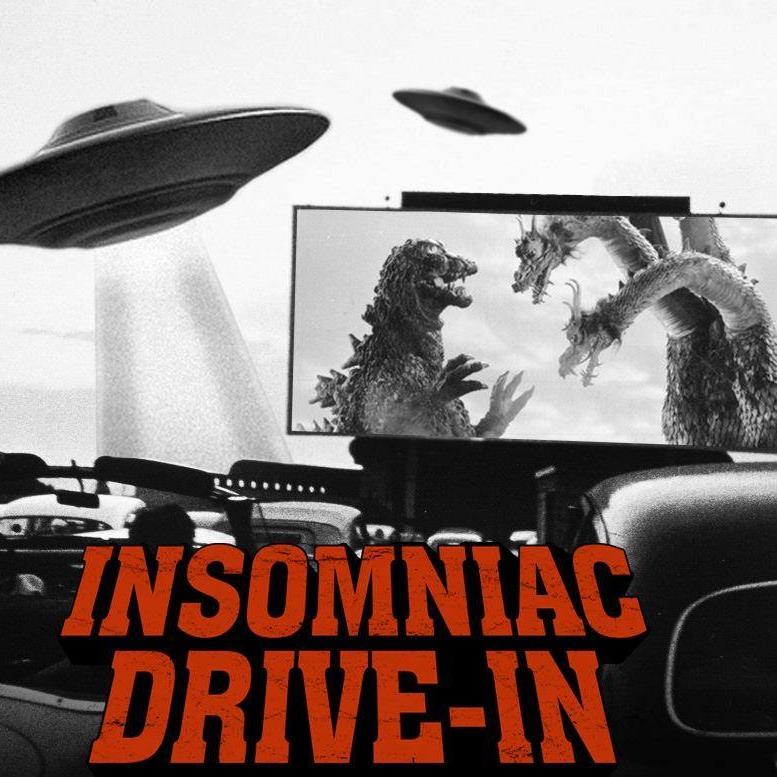Written by Daryl Gregory and Drawn by Carlos Magno
Insert your best gratuitous “get your stinking hands off me” joke here. OK, all joking aside, Planet of the Apes Issue #1 is a fun prequel to the original movie series without getting in the way of itself by trying to respecting story continuity. The comic fits relatively nicely before the first film, Planet of the Apes (1968), by shedding light on human/ape relations.
With the golden age of ape at its peak, the story opens on a death that will send shock waves with unyielding consequences that will reverberate throughout human and apekind alike. The character assassinated by a supposed human assassin (never officially spotted) was killed by a weapon not legally made in over 500 years. Of course, in any good race/species-charged environment, the majority species (the apes in this case) react in typical fashion by searching Southtown or Skintown as it is colloquially known as. We are introduced to the main character of Sullivan, sometimes referred to as Mayor Sullivan, the unofficial Mayor of Southtown, and the human view into the world of Planet of the Apes. Her establishment is turned upside down by an ape searching for any evidence of Sullivan’s involvement, of which none is found, and is then summoned to the council to speak for the humans. Therefore, Sullivan, who is possibly 6 months pregnant, travels to the council. We are also introduced to Sullivan’s counterpart, Alaya, an ape that Sullivan grew up with and once called a friend, whose ties to the assassinated ape runs as deep as her relationship with Sullivan. It is quickly established here that Sullivan is willing to cooperate with the ape’s inquisition but is given a very small window to look for the assassin(s) before the apes march on the humans.
reverberate throughout human and apekind alike. The character assassinated by a supposed human assassin (never officially spotted) was killed by a weapon not legally made in over 500 years. Of course, in any good race/species-charged environment, the majority species (the apes in this case) react in typical fashion by searching Southtown or Skintown as it is colloquially known as. We are introduced to the main character of Sullivan, sometimes referred to as Mayor Sullivan, the unofficial Mayor of Southtown, and the human view into the world of Planet of the Apes. Her establishment is turned upside down by an ape searching for any evidence of Sullivan’s involvement, of which none is found, and is then summoned to the council to speak for the humans. Therefore, Sullivan, who is possibly 6 months pregnant, travels to the council. We are also introduced to Sullivan’s counterpart, Alaya, an ape that Sullivan grew up with and once called a friend, whose ties to the assassinated ape runs as deep as her relationship with Sullivan. It is quickly established here that Sullivan is willing to cooperate with the ape’s inquisition but is given a very small window to look for the assassin(s) before the apes march on the humans.
The series is ripe with social, economic, political and environmental undertones and overtones but Daryl Gregory keeps it from choking the story. The plot, better described as a powder keg ready to blow, is handled nicely using real emotions of the characters to move the story at a good clip. The play on race relations is very interesting and doesn’t feel as retread of the subject of race relations. A great part of the story is the apes’ views of early human culture; stating that humans were presented with automobiles and assault rifles on their 16th birthdays.
 Carlos Magno had a Herculean chore on the art side of things; a storied franchise of film and television that pre-dates most of the audience reading this review and for myself, the author of this review. With this amount of pressure, Magno triumphantly captures the look and feel of the original series while blending the look of the newer while balancing his own artistic sensibilities. Mango fleshes out the city designs more than the original franchise could (mostly a budget issue). As for character design, he was able to use a hint of the original look of the apes all while giving them a much needed makeover.
Carlos Magno had a Herculean chore on the art side of things; a storied franchise of film and television that pre-dates most of the audience reading this review and for myself, the author of this review. With this amount of pressure, Magno triumphantly captures the look and feel of the original series while blending the look of the newer while balancing his own artistic sensibilities. Mango fleshes out the city designs more than the original franchise could (mostly a budget issue). As for character design, he was able to use a hint of the original look of the apes all while giving them a much needed makeover.
You don’t have to be a Planet of the Apes fanatic or fan of the original franchise to enjoy this book, just a fan of good comics. This book won’t leave you dropping to your knees yelling “You maniacs! You blew it up! Ah, damn you. God damn you all to hell!”
